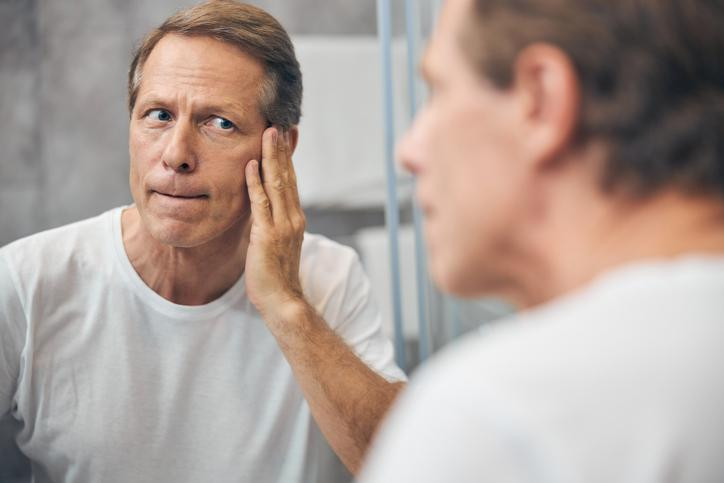What You Can Do to Prevent Skin Cancer and Minimize Recurrence

Properly protecting your skin from the dangers of skin cancer is essential for both prevention and your ongoing health. Whether you’ve never had skin cancer or you’re vigilant after a previous diagnosis, understanding and practicing thorough safety measures can significantly reduce your risk of new or recurring cancers.
Here are some baseline tips to protect your skin from skin cancer.
Choosing and using sunscreen
The first step in sun protection is to find a good sunscreen—and apply it properly. A broad-spectrum sunscreen protects you against two types of solar radiation: ultraviolet A (UVA) and ultraviolet B (UVB). UVA exposure is linked most closely with skin cancer. However, UVB causes sunburns, and experts generally believe that the more often you’ve been sunburned, the more likely you are to develop melanoma.
There are two basic types of sunscreen—chemical or mineral. Chemical sunscreens absorb the sun’s rays, and mineral sunscreens physically block UV radiation.
When it comes to choosing the sun protection factor (SPF), the numbers can range from 8 to more than 100. The American Academy of Dermatology (AAD) recommends 30 or higher. SPF 30 filters out about 97% of harmful rays, and SPF 50 filters out 98%.
Once you’ve purchased your sunscreen, the key is to apply it properly. To fully cover your body, the AAD recommends using an ounce of sunscreen, enough to fill a shot glass. Apply it 15 minutes before going outside and then every two hours you’re still outdoors. You should also reapply it after swimming or sweating.
Buying sun-protective clothing
According to the AAD, no sunscreen can protect against 100% of UV rays. Plus, sunscreens wear off, and few people reapply them properly. That’s why additional strategies are also needed.
- Hats. A hat can go a long way toward protecting your face and neck when you’re out in the sun. Choose a hat with a wide brim that extends two to three inches to shade your neck, nose, and ears. A baseball cap isn’t sufficient.
- Shirts and pants. Any clothes with a tight weave and long sleeves or legs can provide some level of protection. But there are also lines of clothing that are specially designed for sun protection.
Avoiding the strongest rays
Even the most scrupulous use of sunscreens and protective clothing is not as effective as minimizing exposure to dangerous UV light in the first place. The sun’s rays are most intense between 10 a.m. and 2 p.m., so if you’re going to be spending time outside, try to do so early in the morning or later in the afternoon.
Protecting yourself against skin cancer recurrence
Many people feel that there is no point in using sun protection after skin cancer because the damage that could lead to other cancers was done a long time ago. While it is true that past damage is often responsible for recurrences, new damage can also lead to new cancers. The single most important thing you can do to protect your skin is to reduce your sun exposure.
If you’ve had skin cancer once, you need to be vigilant about new cancers that may form.
Your dermatologist will tell you how often you should come in for skin cancer checks.
For more information on skin cancer, from types to treatment, post-treatment, building your care team, and more, check out Skin Cancer Action Plan, an Online Guide from Harvard Medical School.
Image: © Svitlana Hulko/Getty Images
Disclaimer:
As a service to our readers, Harvard Health Publishing provides access to our library of archived content. Please note the date of last review or update on all articles.
No content on this site, regardless of date, should ever be used as a substitute for direct medical advice from your doctor or other qualified clinician.












